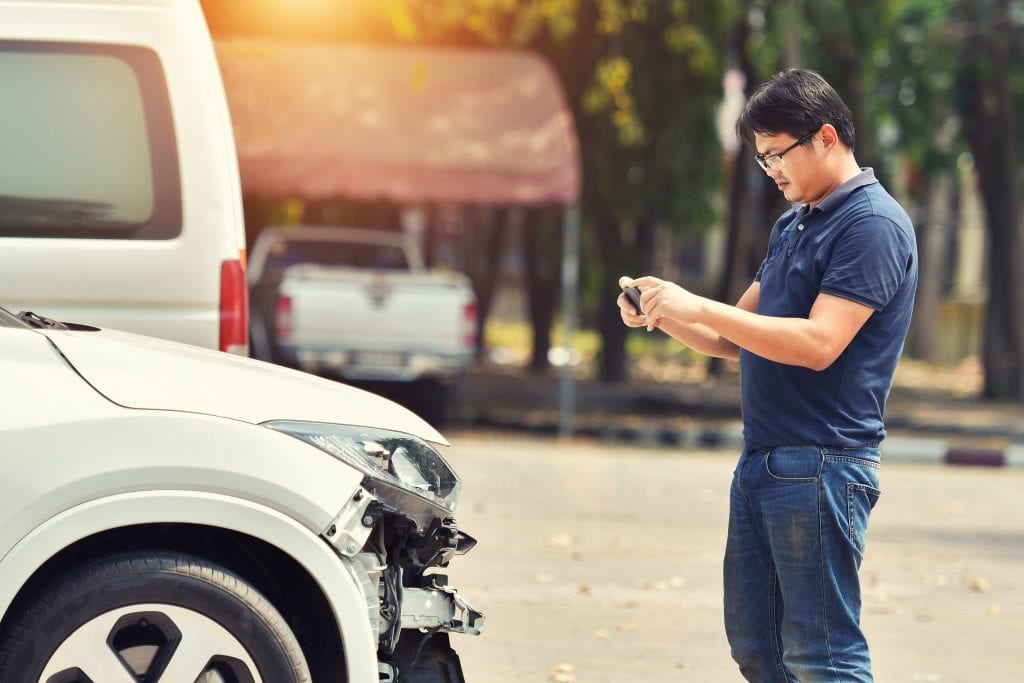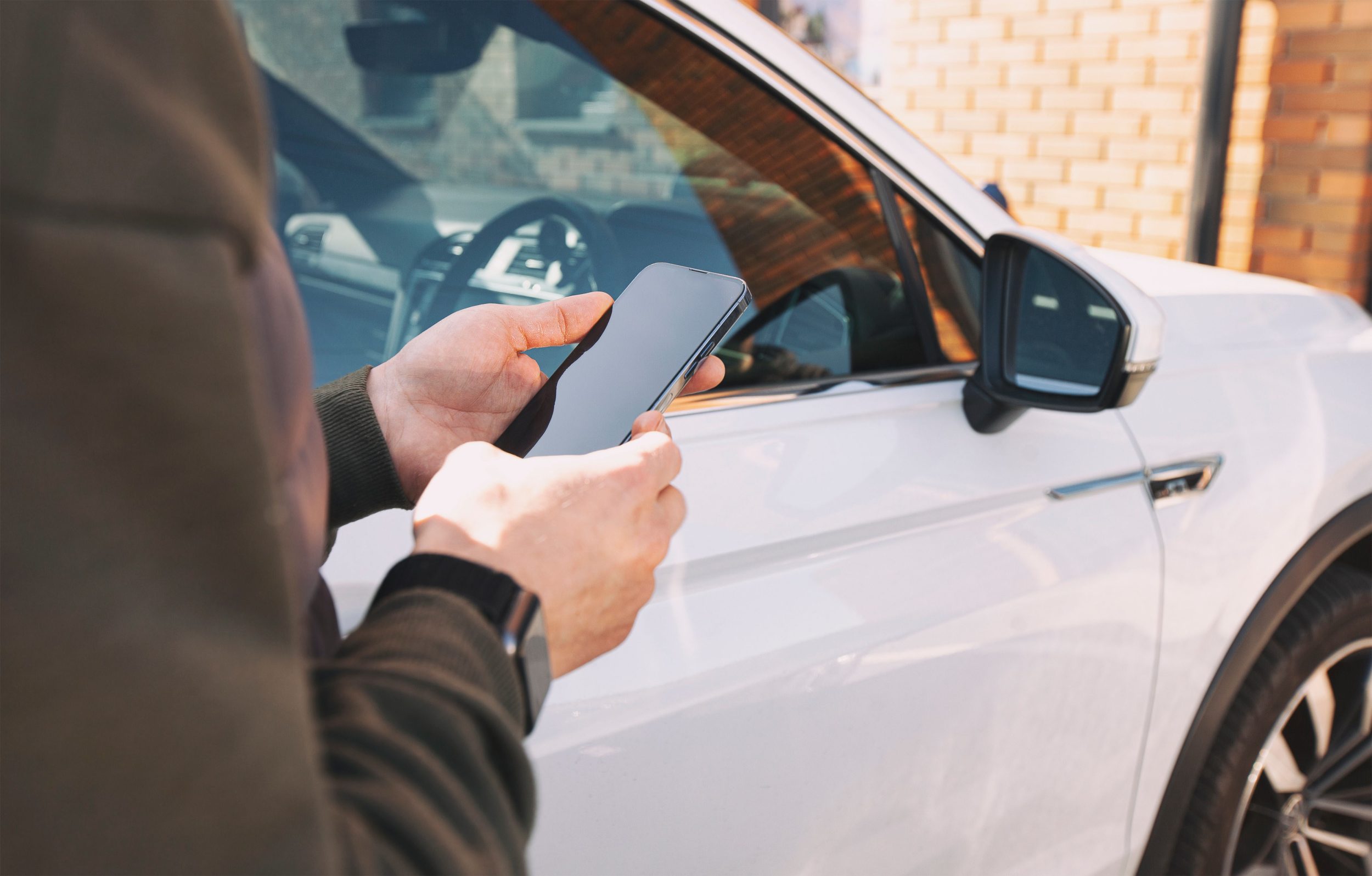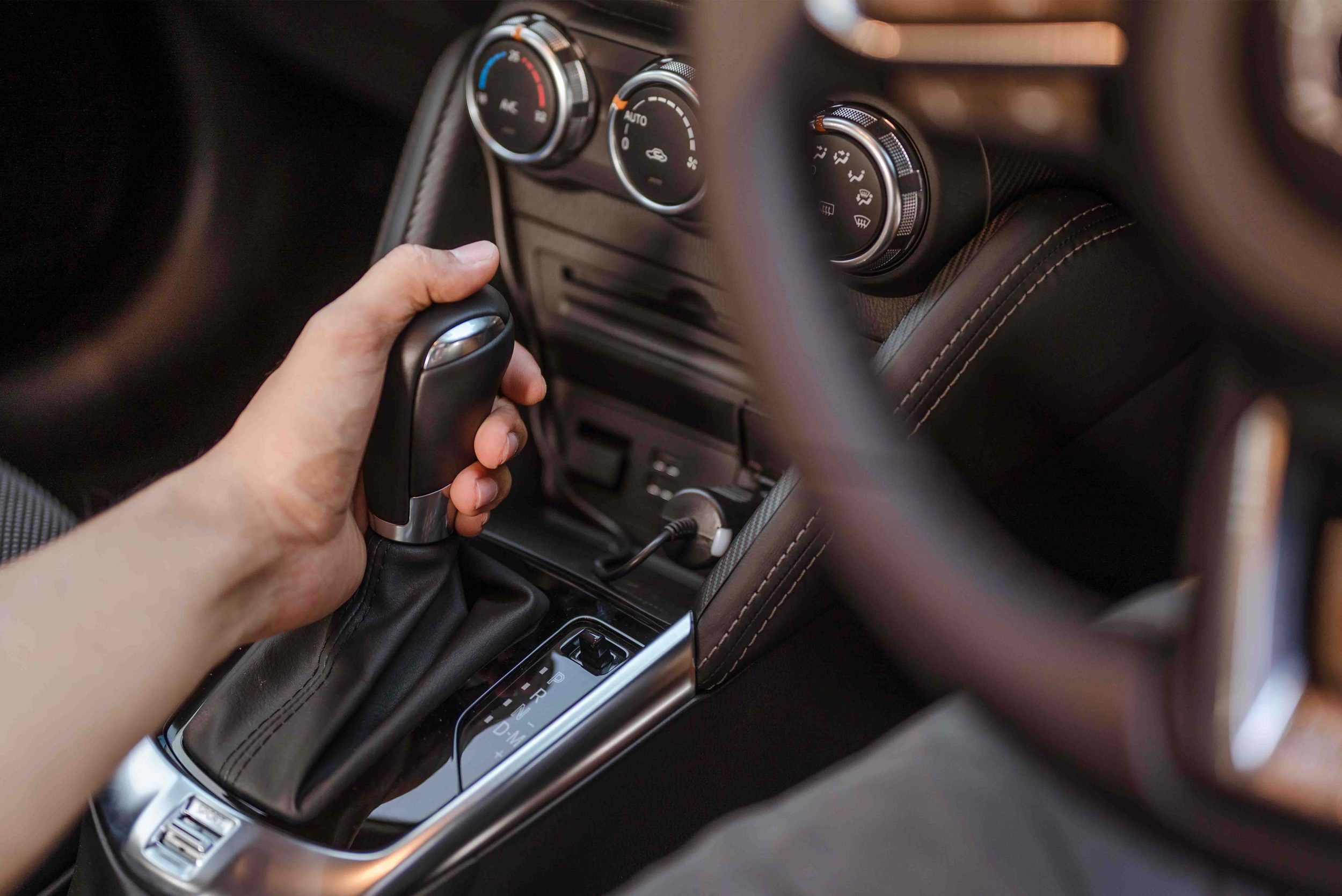Being in a hit and run accident is one of the worst things for drivers. Whether you are in the car whilst the accident occurs, or you return to your parked car to find it’s been damaged, not having the at-fault driver in front of you can make the process harder. If you’ve been in a hit and run or are wondering what to do if you ever are, these four steps are essential.
Please note: In this article, we are referring to a hit and run as a car-on-car incident. If you have been hit by a car as a pedestrian, you should call the emergency services immediately.
1. Call the emergency services
The first stage after a hit and run incident should be to call the emergency services. You should call the police in order to report the incident, and also the ambulance service if you or anyone else at the scene is injured.
Paul Lewis, Partner and Head of Accident Management for and on behalf of George Ide LLP says: “Make sure you call the police, even if the accident seems minor at the time.” It can be tempting if it was a small bump or scratch to not call the police, however, it is wise to always make sure the accident has been recorded. It may happen again, it may have caused deeper damage than you thought or the driver at fault may have caused more accidents in the same time frame; you never know.
In order to claim on your insurance, you’ll likely need a crime number and incident report, which you’ll only get if you contact the police. If you don’t call the police right away but do still need this information, you have up to 14 days to get in contact and report the incident.

2. Record the incident however you are able
Once you have contacted the emergency services you should personally try and record the incident however you are able and however it is safe to do so. This can mean taking images of your car, any debris leftover or any injuries you may have. Writing down contact information for anyone who may have witnessed the accident and taking notes of factors like the time of day, weather and exact location.
If the incident happened in a residential area, look around as many houses now have some form of surveillance equipment, from security cameras to video doorbells. You may be able to find footage of the incident that can help you find the culprit.
Paul Lewis says: “Capture as much information at the scene of the collision as you can and write it down. This includes information about the other vehicle and, if possible, a description of the driver. Get details of any witnesses who might have seen the collision or the vehicle driving away.”
3. Make sure that you have not been injured
Even if you feel completely fine, if you were in or even near the vehicle whilst the incident took place you should arrange to see a doctor to be checked over. Sometimes, injuries from car accidents can take some time to show themselves, and especially if you were in the car at the time, you may not realise you are injured due to shock.
The chances are, when the emergency services arrive on the scene, they will ensure your health and they may offer to take you to hospital for a check-up. Even if you don’t feel any pain now, it doesn’t mean you won’t later and so you should make sure you get a once over.

4. Contact your insurance company
Once you have recorded your incident with the police, have taken down the images and details you need and ensured you are not injured, it’s time to contact your insurance company.
It will depend on your cover level as to what protection you get in this circumstance, and it will also depend on other factors, one of the main being if the driver at fault is located. You may also find that, even though you are not at fault, your No Claims Discount is affected on your annual policy if you report a hit and run. It is wise to familiarise yourself with how your policy treats different accidents when you take it out, so if you do end up in this situation you know what will happen.
One of the great things about our cheap temporary car insurance policies is that your annual insurance will not be affected. So, if you are caught up in a hit and run you can have peace of mind that your No Claims Discount won’t be affected when you claim.
What to do if you are the victim of a hit and run?
-
- call the emergency services
- record the incident however you are able
- make sure that you have not been injured
- contact your insurance company
Being in a hit and run is never a nice experience, but with these four steps, you’ll be able to take control of the situation quickly and efficiently. If you ever need to drive someone else’s car, even for a short trip, or someone needs to borrow yours, making sure you have comprehensive cover that won’t affect your No Claim’s Discount can be a great relief in an accident, so check out our temp insurance options today.
For more guides, tips, and advice, make sure to head to our news page.



